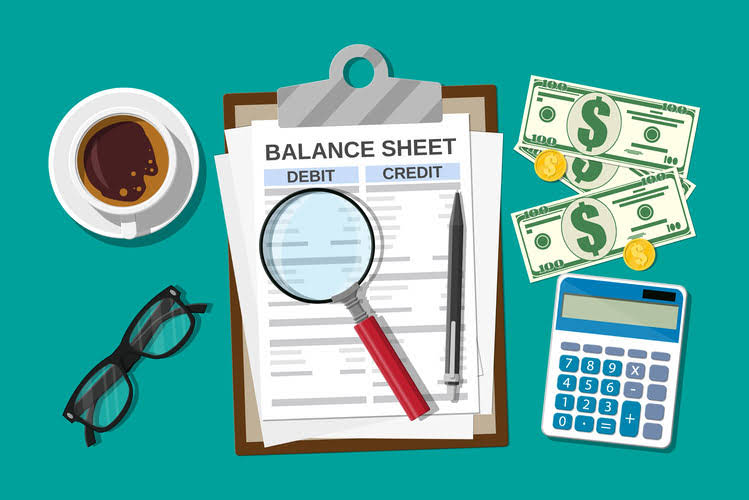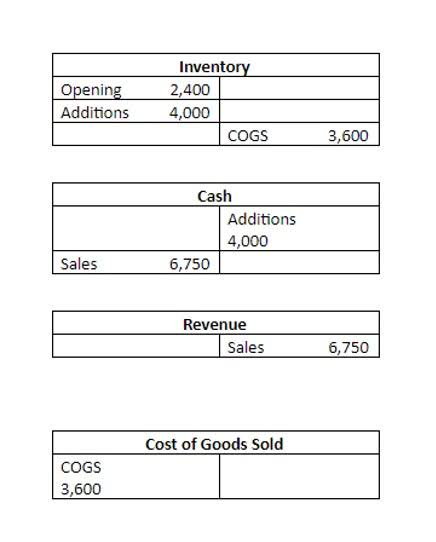
This option is particularly appealing in unstable markets or when businesses seek to optimize their financial setup. While dynamic Retail Accounting discounting depends on supplier flexibility, it can be negotiated by discussing cash flow needs. Focus on mutual benefits, like getting faster payments in return for bigger discounts.
Difference between notes payable and notes receivable
Appearing as a liability on the balance sheet, notes payable generally have a longer-term nature, greater than 12 months. The length of time in which the loan is due dictates whether it’s recorded as a short or long -term liability. Short- term liabilities are those due within 12 months and long- term are due in more than 12 months. Short-term liabilities are every business’ financial obligations to maintain proper and sustainable working capital management.

Example 3: Service Rendered on Credit

To mitigate this issue, many businesses turn to AP automation software, which quickly catches mismatches between purchase orders, invoices, and receipts. Automating a three-way matching process eliminates the need for time-consuming manual checks, reduces human errors, and speeds up the resolution of disputes. Companies should aim for a balanced DPO — long enough to preserve cash flow but short enough to maintain strong supplier relationships. For a mid-sized company, a realistic DPO typically ranges from 30 to 60 days, depending on industry norms and supplier agreements.

Note Payable Example Journal Entry
Promissory notes usually specify a given maturity date, interest rate, and any collateral. For example, a business might issue notes to purchase a new property or an expensive piece of equipment. Here we provide you with the top 7 differences between Accounts Payable vs. Notes Payable. This is in the form of infographics which help in identifying and remembering the differences easily in the form of a chart.
- Loans (also called liabilities) are a part of everyday operations for businesses, so they put accounting systems in place to differentiate between each type of liability.
- The length of time in which the loan is due dictates whether it’s recorded as a short or long -term liability.
- These notes are typically issued when obtaining a loan from a bank, purchasing a company vehicle, or acquiring a building for the business.
- The point of accrual accounting is to create an accurate picture of a company’s health.
- This means the business would pay an additional $2,000 in interest on one $10,000 payment.
Discover what causes duplicate invoices and the best techniques and tools to spot and stop them before they lead to payment issues. Centralize Supplier Data for Better NegotiationsThe better the data you have, the better your negotiation power. These articles and related content is the property of The Sage Group plc or its contractors or its licensors (“Sage”). Please do not copy, reproduce, modify, distribute or disburse without express consent from Sage.These articles and related content is provided as a general guidance for informational what is the difference between notes payable and accounts payable purposes only. These articles and related content is not a substitute for the guidance of a lawyer (and especially for questions related to GDPR), tax, or compliance professional.
Creating an Enforceable Promissory Note

The cash amount in fact represents the present value of the notes payable and the interest included is referred to as the discount on notes payable. As part of the budgeting process, you’ll start to identify cost-cutting opportunities that will ensure you have the cash on hand to manage any upcoming payments. Missing due dates incurs unnecessary interest and late fees that eat into your margins. Put due dates in your calendar with reminders days in advance so you aren’t blindsided by any payments. For example, if you have notes payable payments due on the 15th of every month, you could change your invoicing cycle so the due dates of your customers always come before your own payment due dates.
Adjust spending as needed – If cash reserves are low, renegotiate terms or defer non-essential expenses. Define clear due dates – Standardize terms such as Net 30 or Net 60 to align with the company’s financial cycles. This long-term obligation can result in a highly leveraged company that may run into cash flow problems. The above entry ensures that the travel expense is posted in June, when it occurred, not in the month that the invoice was paid.
- Chartered accountant Michael Brown is the founder and CEO of Double Entry Bookkeeping.
- Commercial entities operating for profit incur various expenses during the course of their operations.
- The payment terms mentioned in the invoices must be suitable for maintaining cash flow in your company.
- If the note specifies to pay the debt within a year, it would be considered a short-term liability.
- Additionally, you might find that a supplier is willing to offer a longer payment term during seasonal dips in demand or provide additional discounts for consistently on-time payments.
If the note is due after one year of the balance sheet date, it is classified as noncurrent or long-term. Accounts payable departments often handle the sourcing and management of vendors and suppliers, requiring collaboration with the procurement department for effective vendor relationship management. For example, a 2/10 net 30 discount – where you would get a 2% discount to pay in ten days vs. the standard 30-day term – translates to a 36% annual return on that cash. Organizations with income statements that show healthy margins, sizeable cash balances, and little debt can find these returns one of their best investments for short-term cash. Another invoice processing method for recurring orders can involve ordering off a contract.
Company Overview
In cases where notes are secured by assets, default could result how is sales tax calculated in the loss of valuable business property. If a company’s cash inflows don’t align with repayment schedules, it could face liquidity issues. The right accounts payable software can take the pressure off by automating key workflows and improving visibility across your business. While both represent liabilities, they serve different purposes, impact cash flow differently, and require distinct accounting treatments.
